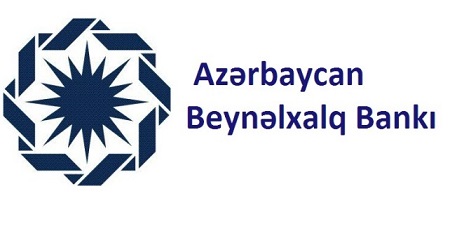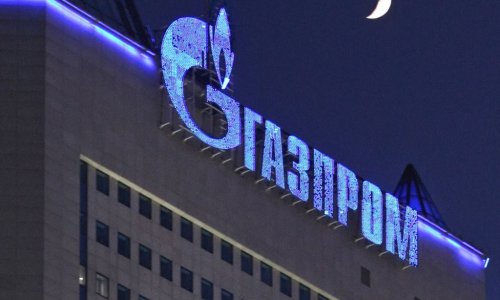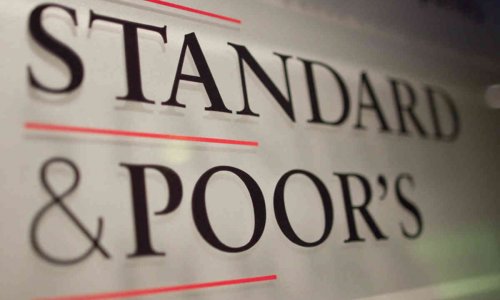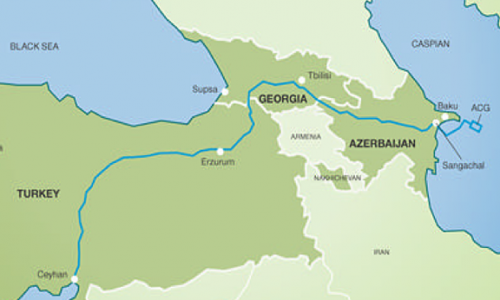Fitch Ratings says that the planned balance sheet clean-up and subsequent privatisation of International Bank of Azerbaijan (IBA, BB/Stable/b-) could be moderately positive for the bank's credit profile and ratings.
The actual impact will depend primarily on (i) the completeness of the clean-up, ie the extent to which Fitch views the bank's asset quality and capitalisation as having strengthened as a result; and (ii) the relationships between the state, the bank's new shareholder(s) and IBA following privatisation, and how these may influence the likelihood of government support. Fitch will review the bank's ratings when more information becomes available on the planned asset sale and privatisation.
On 15 July, the President of Azerbaijan, Ilham Aliyev, signed a decree on measures to restore IBA's financial position in order to prepare the bank for privatisation. According to the decree, a state-owned entity, CJSC Agrarkredit, will issue bonds guaranteed by the sovereign, and use the proceeds to buy certain impaired and/or high risk assets from IBA. The Ministry of Finance and Central Bank should determine the volume of distressed assets to be purchased within 15 days, although the timeframe for the actual asset purchase and/or launch of privatisation is not specified.
If IBA is able to sell the bulk of its impaired and high-risk assets at (or close to) book value, this could result in an upgrade of the bank's 'b-' Viability Rating (VR). The VR at present primarily reflects the bank's weak capitalisation and asset quality. However, uncertainty remains about the specific assets to be transferred, their amount, and the price that will be paid for them.
Fitch believes that IBA's problem assets are substantial, despite reported NPLs (non-performing loans, 90 days overdue) and rolled-over loans being equal to only a moderate 7.2% and 6.6% of end-2014 gross loans, respectively. Fitch estimates that other high risk loans among IBA's largest exposures, including project finance lending to start-up businesses and construction loans with sizeable grace periods, were approximately AZN1bn (11% of gross loans) at end-1Q15.
Additional asset quality and corporate governance issues stem from the legacy promissory notes portfolio (around AZN700m, net of impairment reserves), which is largely exposed to construction projects in Russia with high non-completion risks. Reserve coverage of NPLs was a reasonable 135% at end-2014, but rolled-over loans, large high-risk exposures and the promissory note portfolio combined exceeded 3x end-2014 Fitch Core Capital (FCC).
www.ann.az
Follow us !











